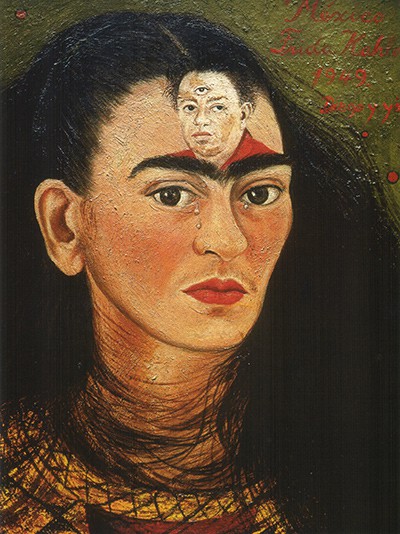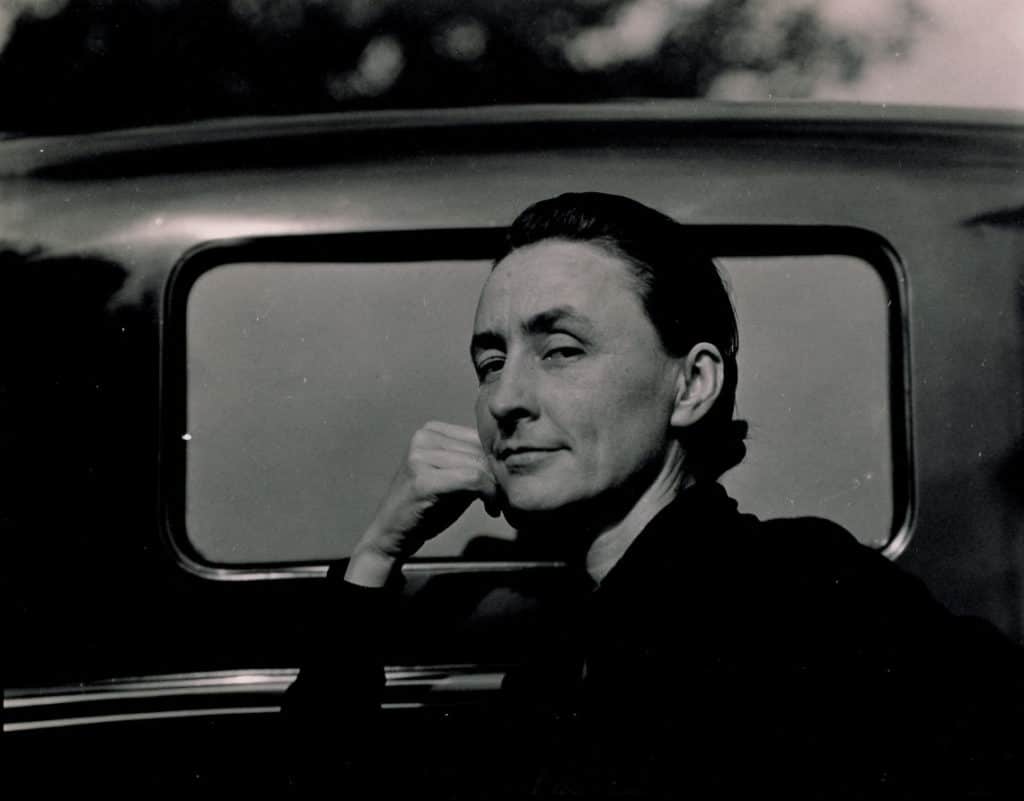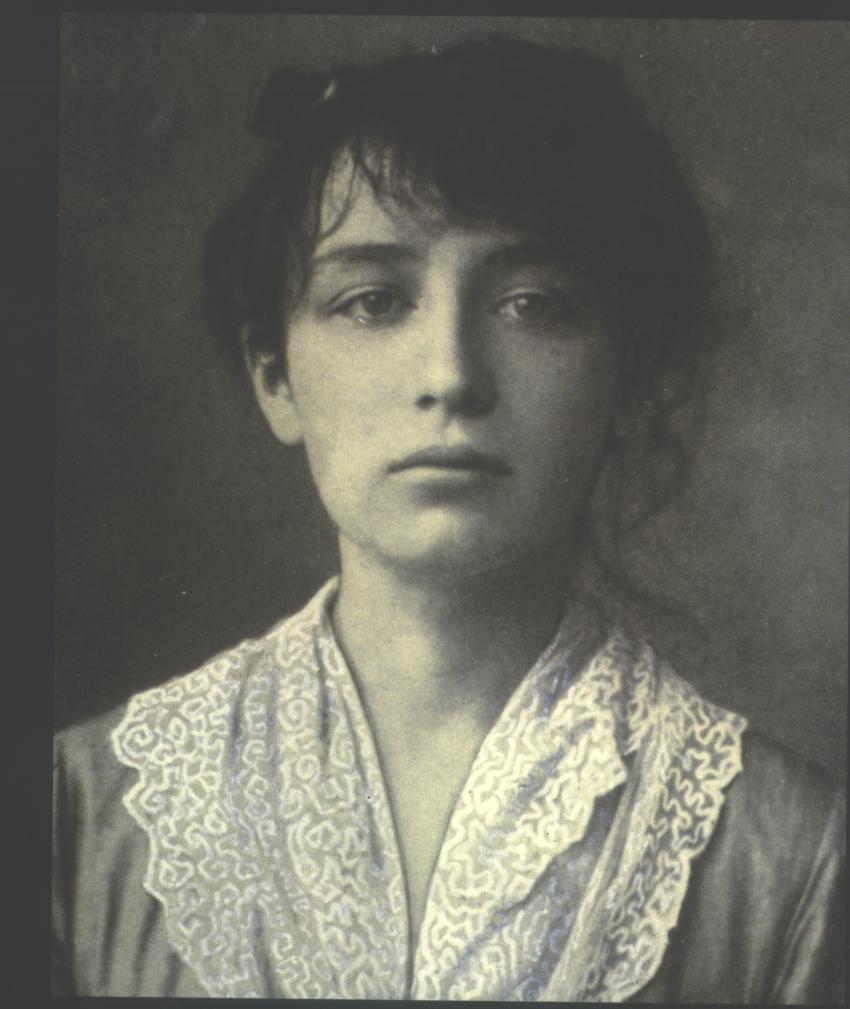Muse: definition & meaning
“Sing in me, Muse, and through me tell the story…” ancient poets used to write, but what is a muse and who were they invoking?
In ancient Greek mythology, the Muses were nine sister goddesses who presided over literature, arts, and sciences. The cult of the Muses was also commonly connected to that of Apollo, and poets would ask Muses for help in composing the poem, seeking inspiration, skill, and knowledge, anticipating the long-lasting trope of the artist-muse relationship.
In modern English, in fact, while the term ‘muse’ is used implicitly in words such as ‘amuse’ and ‘museum’ (from the name of the place where the Muses were worshipped), it explicitly defines a person – most often a woman – who is a source of artistic inspiration.
For centuries, the greatest pieces of art have been inspired by spouses, lovers and friends, who did not merely pose but inspire, galvanize, and arouse to the point of developing tormented relationships. From Renaissance figures such as Andrea del Sarto’s wife, Lucrezia, to the iconic muses of Surrealism – Dalì’s wife Gala and Man Ray’s muses Kiki de Montparnasse and Lee Miller – art history is a constellation of remarkable characters whose essence artists have tried to capture in their art.
Famous muses in art history
Frida Kahlo
Frida Kahlo and Diego Rivera are arguably among the most fascinating and inspiring artist couples ever. Both extremely talented and successful, the two artists had a passionate and deeply complex relationship. Throughout their relationship, they served as each other’s muses and deeply influenced each other’s work. They can often be found depicted in each other’s work, like in Kahlo’s painting Diego and I, from 1949.
Lee Miller
Lee Miller was a successful model in New York when she left for Paris in 1929, where she met Man Ray in a bar near his Montparnasse studio. Their intensive three-year relationship was both professional and romantic: Miller moved into Ray’s studio and he taught her everything he knew about photography. She inspired many of Ray’s iconic photographs, and their partnership reached its peak in 1930 when they accidentally developed a photographic technique known as solarisation. By the time they parted in 1932, Man Ray was almost driven to madness by the relationship, but years later, they met again and began a deep friendship that lasted until his death in 1976.
Georgia O’Keeffe
Georgia O’Keeffe was discovered by the then already famous photographer Alfred Stieglitz. The two met in 1916, and Stieglitz became her mentor and guide, exhibiting her work in his gallery. A few years later, O’Keeffe moved to New York, and the two artists got married in 1924. Though O’Keeffe is known today as one of the most important American artists of her time, she also had a significant influence on Stieglitz’s art. As his muse, he photographed her over the course of 20 years, producing over 300 pictures of her.
Found out more about the characters behind the scenes of celebrated art in our Top 20 Famous Muses who inspired iconic artists.
“I am my own muse. I am the subject I know best. The subject I want to know better.”
Frida Kahlo
Untold narratives: a new definition of muse
An extremely romanticized figure in art history, the term ‘muse’ has come to be often gendered as feminine: on the one hand, the male creative genius; the female model and source of creative revelation, on the other.
“The muse in her purest aspect is the feminine part of the male artist, with which he must have intercourse if he is to bring into being a new work. She is the anima to his animus, the yin to his yang, except that, in a reversal of gender roles, she penetrates or inspires him and he gestates and brings forth, from the womb of the mind.”
Feminist author Germaine Greer
This narrative, persistent throughout history, has consequently led to forget that these women were, in many cases, artists in their own right, disregarding female artist’s accomplishments. Miller made a name for herself as a photographer, in particular as a war photographer for Vogue during World War II; O’Keeffe made some of the most innovative contributions to American Modernism; while Rodin’s muse and lover Camille Claudel is a sadly infamous example of a female artist whose work has been misappropriated by her well-known male counterpart.
As such notion and bias still perdure today, calls for a renewed definition of ‘muse’ ring out across the art world and its players.
Relevant sources to learn more
Where Love and Creation Meet – 10 Striking Artist Couples
Stealing Art: When Men Took Credit For Women’s Work



